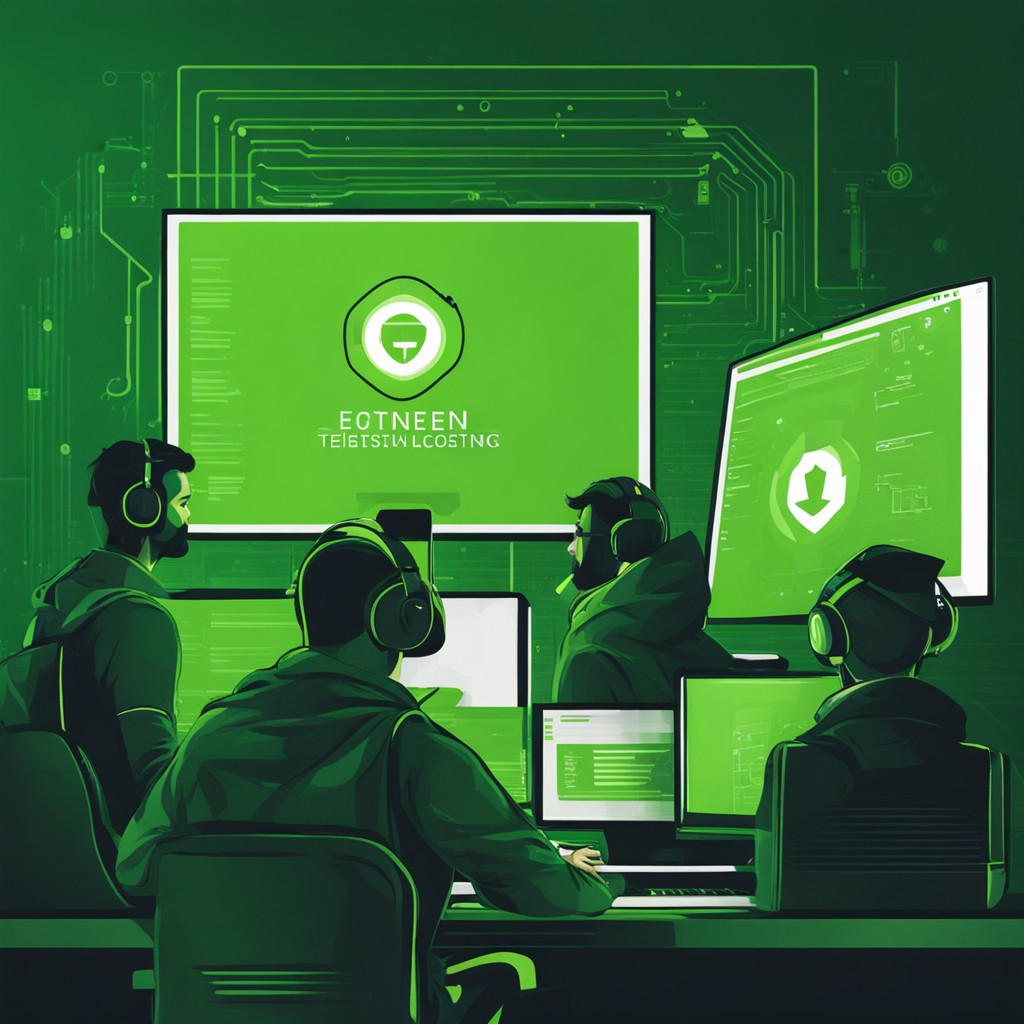Social engineering attacks remain a persistent threat to organizations, with cybercriminals constantly evolving their tactics to deceive unsuspecting employees. Automated social engineering attacks, in particular, present a significant challenge for Security Operations Centers (SOCs) tasked with defending against them. In this blog post, SafeNet explores key considerations for SOCs to protect against these sophisticated attacks.
- Understanding Automated Social Engineering: Automated social engineering attacks use automated tools and techniques to deceive individuals into divulging sensitive information or performing actions that compromise security. These attacks can be highly targeted and difficult to detect, making them a significant threat to organizations.
- Enhancing Threat Detection Capabilities: To defend against automated social engineering attacks, SOCs must enhance their threat detection capabilities. This includes leveraging advanced security tools and technologies, such as machine learning and AI, to detect patterns indicative of social engineering attacks.
- Implementing Security Awareness Training: Security awareness training is crucial for educating employees about the risks of social engineering attacks and how to recognize and respond to them. SOCs should work closely with HR and training departments to ensure that employees are well-informed and vigilant against such attacks.
- Monitoring for Anomalies: SOCs should continuously monitor network and user behavior for anomalies that may indicate a social engineering attack in progress. This includes monitoring for unusual access patterns, unauthorized data access attempts, and suspicious communications.
- Establishing Incident Response Procedures: In the event of a suspected social engineering attack, SOCs must have well-defined incident response procedures in place. This includes quickly isolating affected systems, gathering evidence for forensic analysis, and notifying relevant stakeholders.
- Collaborating with External Partners: SOCs should collaborate with external partners, such as law enforcement agencies and threat intelligence providers, to stay informed about emerging threats and share information about social engineering attacks. This collaboration can help SOCs better defend against these attacks.
Protecting against automated social engineering attacks requires a proactive and multi-faceted approach. By enhancing threat detection capabilities, implementing security awareness training, monitoring for anomalies, establishing incident response procedures, and collaborating with external partners, SOCs can effectively defend against these sophisticated attacks and safeguard their organizations’ data and assets.





